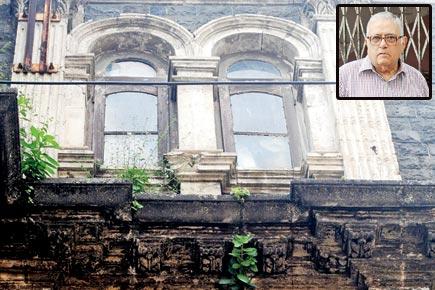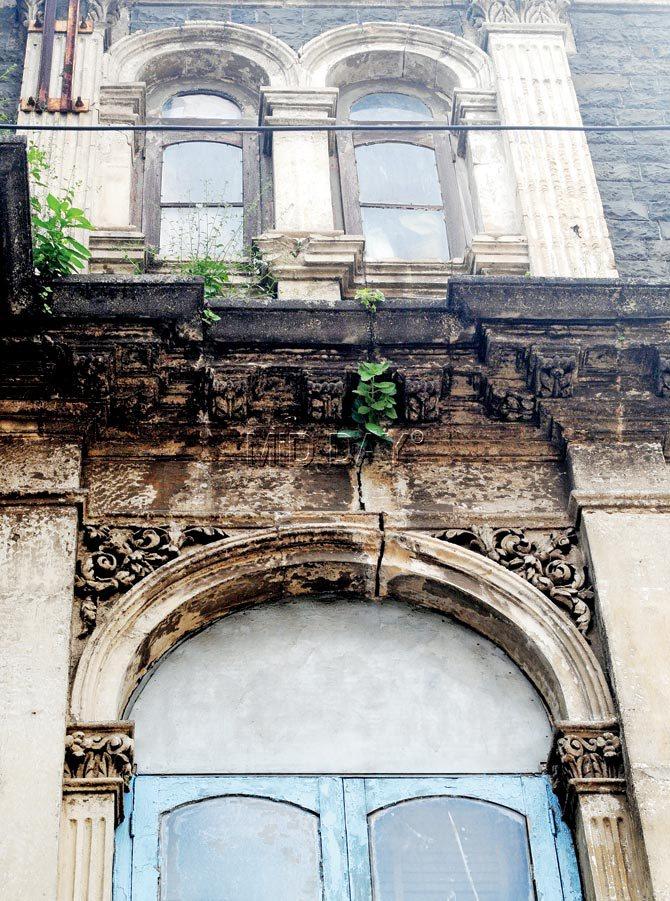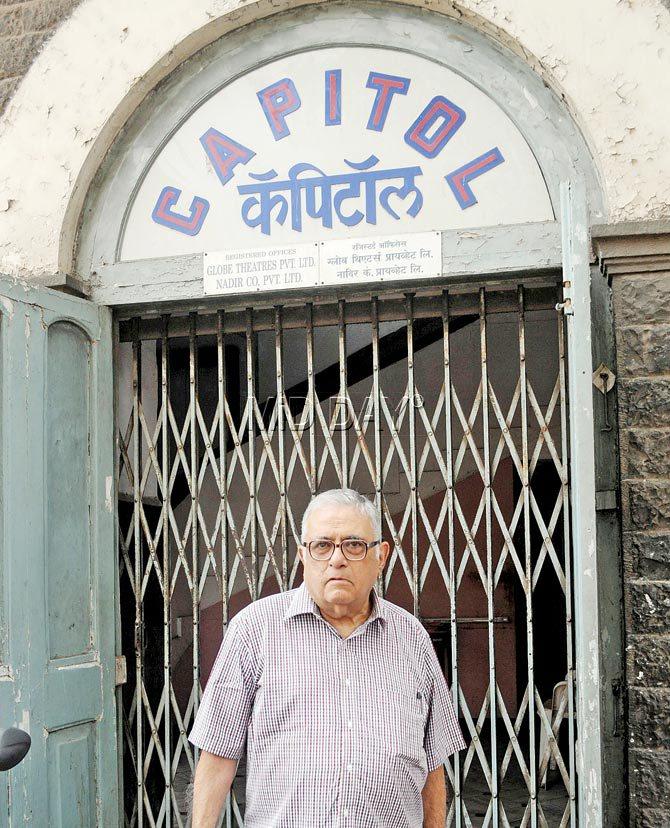Owner of Capitol Cinema recalls how 1999 construction of a subway caused cracks in the structure; fears worse damage with new proposed subway


The walls of Capitol Cinema began to crack the same year in which the existing CST subway was built. Pics/Datta Kumbhar
ADVERTISEMENT
If anyone doubts that it is a bad idea to dig a subway right under the heritage buildings on Dadabhai Naoroji Road, then all they have to do is look at history.

Bitto Ahmedulla
77-year-old Bitto Ahmedulla, the third-generation co-owner of the iconic Capitol Cinema building, was there when the first CST subway was built in 1999, and he remembers how the construction activity had damaged the British-era theatre.
“Built in 1879, Capitol Cinema had stood strong for years, but cracks started developing along its walls in the same year that the underground tunnel was built,” Ahmedulla recalled.
That subway was built across the road, not under the building, and yet there was significant damage caused by it, said the senior citizen while pointing out fractures in the building’s façade. “Only the side of the building facing the tunnel developed such cracks, which we had to repair. The building had stood strong even against earthquakes, but if the vibrations from the excavation and drilling of a subway below an adjacent road can lead to such visible damage, then why build another one, that too right under the buildings?” he questioned.
Bad vibes
As part of a larger plan to revamp CST and make it less cluttered and more pedestrian and tourist-friendly, the Railways and BMC announced they would construct a new subway from CST to Azad Maidan. The problem with this plan is that the subway will likely be constructed right under the heritage buildings under Dadabhai Naoroji Road, also known as the ‘heritage mile’, a nickname that’s reflective of the many iconic historic buildings located along the route.
Cracks in structure
“The building developed cracks because the tunnel was built under the road, right next to the building. But imagine the damage if it had been constructed below the building. How can you take a risk like that?” said Ahmedulla.
“The existing arcade allows people to walk conveniently, protected from rain, scorching heat or winter. Then why do we need a second subway? The focus should be on preserving the area’s natural heritage,” he emphasised.
Blind construction
The elderly owner of the theatre also explained that the builders would have to proceed blind once they were under heritage mile, since many of the old buildings don’t have complete blueprints anymore, and planners would have no way to predict the dimensions of the structures underground. “All the buildings on this heritage mile were built after the Bombay boom occurred in 1860, and the original pillars of most buildings are made of wood. But nobody has the full blueprints of the structures since back then, there was no BMC,” he added.
Sudheer Deshpande (75), who specialises in civil and structural engineering, agreed: “I don’t think any of these old buildings have structural drawings, so it is difficult to estimate at what depth will the foundation of these buildings end. Also, there are drainage pipelines that run below the roads at a depth of 3-4 metres, which they may have to dig through. Therefore, the authorities will need to carry out an in-depth soil investigation first.”
 Subscribe today by clicking the link and stay updated with the latest news!" Click here!
Subscribe today by clicking the link and stay updated with the latest news!" Click here!






